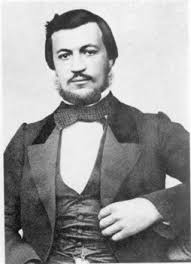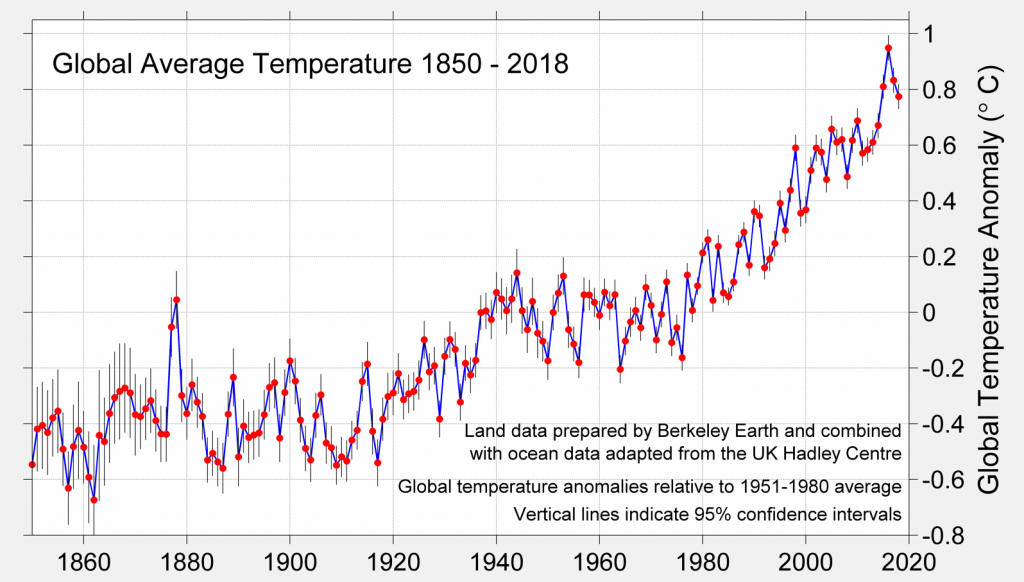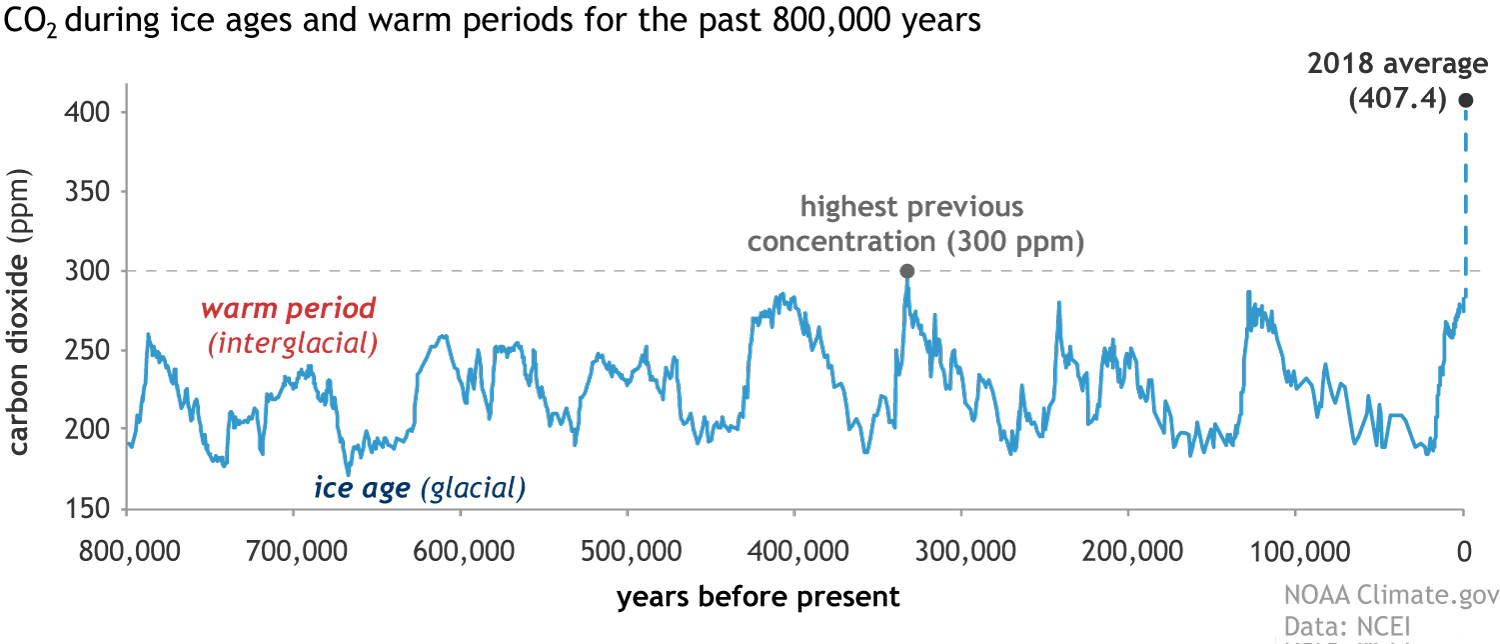bourke engine 101
Alphonse Eugène Beau de Rochas was a French engineer who originated the principle of the four-stroke internal-combustion engine. His achievement lay partly in his emphasizing the previously unappreciated importance of compressing the fuel–air mixture before ignition.
Born: April 9, 1815, Digne, France
Died: March 27, 1893, Vincennes, France
Source: Wikipedia

Around 1862, a Frenchman named Beau de Rochas considered the possibility of constructing an internal combustion engine to extract energy from burning fuel. He identified four (4) functions that would be necessary:
- Intake
- Compression
- Power
- Exhaust
He also stated that a good internal combustion engine should have the following attributes:
- The greatest possible cylinder volume with the least possible cooling surface
- The greatest possible rapidity of expansion of the burning fuel
- The greatest possible amount of expansion of the fuel
- The greatest possible pressure at the commencement of expansion
- A minimum of moving parts
To understand how the Bourke Engine satisfies the four (4) functions and good attributes identified by Beau de Rochas, it is necessary to follow the piston/rod/yoke plate assembly and crankshaft movement through one (1) crankshaft revolution. As the crankshaft throw bearing rolls across the face of the rod in the rod/yoke plate assembly, the piston is stopped at or near top dead center (TDC) for 45 degrees of crankshaft travel (top stop), holding the burning gases until they are consumed, no further flame and the maximum pressure is developed. At this stage the Bourke Engine is utilizing the following:
- The homogenized air/fuel mixture with completely vaporized fuel is being detonated. For hydrocarbon fuels in air, the detonation velocity can be up to 1,800 meters per second (supersonic – over 5,900 feet per second)
- Exploding a hydrocarbon fuel makes it burn differently, more powerfully (detonation demo)
- As the combustion chamber area remains fairly constant for 45 degrees of crankshaft travel (top stop), the fuels “carbon trigger” starts the combustion process at or before the beginning of the “top stop” position (depends on the two stage heavy fuel being used). With the start of the combustion process (carbon trigger), the temperature and pressure rapidly increase resulting in Berthalot’s Explosive Wave (HCCI/detonation). Autoignition (AI) occurs when the temperature of the homogenized (with completely vaporized fuel) air/fuel mixture is heated to the point where an explosion will take place without an external ignition source (Homogenous Charge, Compression Ignition or HCCI/detonation).
- Before the power stroke starts (22.5 degrees after top dead center), there is no flame left, only heat and pressure. For n-pentane, the pressure was greater than 2,100 pounds per square inch (psi)
The following attributes that Beau de Rochas identified in 1862 have been accomplished:
- Least possible cooling surface. The above reaction occurs when the piston is in the “top stop” position, minimizing cooling surface area
- Before the power stroke starts (22.5 degrees after top dead center), there is no flame left, only heat and pressure. The cylinder walls are not bathed in flame as they are in a conventional internal combustion engine, further minimizing cooling surface area
- The greatest possible pressure at the commencement of expansion
At the same time the above process is taking place in the combustion chamber, the intake ports are opened by the piston skirt and the area underneath the piston is filled with fresh air/fuel mixture. The following function that Beau de Rochas identified in 1862 has been accomplished:
- Intake (under the piston)
As soon as the crankshaft rotates to a point of mechanical advantage (22.5 degrees after top dead center), the pressure in the combustion chamber “shoots” (like a projectile – a bullet from a rifle) the piston/rod/yoke plate assembly towards bottom dead center (BDC). The crankshaft is not connected to the piston/rod/yoke plate assembly but simply “floats” in the box formed by that assembly. The piston/rod/yoke plate assembly transmits its kinetic energy to the crankshaft for 135 degrees of crankshaft travel. When the engine is properly tuned, no kinetic energy is transmitted from the crankshaft to the piston/rod/yoke plate assembly. As the piston/rod/yoke plate assembly moves towards BDC, the piston skirt closes the intake ports and the fresh air/fuel mixture is compressed against the crankcase facing. In the combustion chamber, because of the rapid expansion of the hot (not flaming) gases, they act like a refrigeration cycle (a rapidly expanding gas cools) and the exhaust gas temperature is around 200 degrees F. The following function and attributes that Beau de Rochas identified in 1862 have been accomplished:
- Power
- Greatest possible cylinder volume
- The greatest possible rapidity of expansion of the burning fuel
- The greatest possible amount of expansion of the fuel
- The greatest possible pressure at the commencement of expansion
As the piston approaches BDC, the compressed air/fuel mixture is transferred from the underside of the piston via the window in the piston skirt and the transfer cavity to the turbulating fins on the piston. The turbulating fins on the piston put the fresh air/fuel mixture into cyclonic motion in the top of the cylinder so it does not escape through the open exhaust ports. The following functions that Beau de Rochas identified in 1862 have been accomplished:
- Intake (from under the piston to the combustion chamber area)
- Exhaust
As the piston moves away from BDC, a partial vacuum is formed under the piston to draw in a new air/fuel mixture (when the intake ports open) for the next cycle. The air/fuel mixture that was transferred to the combustion chamber is compressed, autoignition (AI) and HCCI/detonation occurs. The following functions that Beau de Rochas identified in 1862 have been accomplished:
- Compression
- Intake (under the piston)
- HCCI/detonation for the power stroke
The same cycle of events just described are occurring in the opposed cylinder, but in staggered sequence.
The last attribute that Beau de Roches specified for a good internal combustion engine was that it should have a minimum of moving parts. The Bourke Engine has two (2) moving parts, the piston/rod/yoke plate assembly and the crankshaft. The Bourke Engine is nothing more than an apparatus to squeeze the maximum power and economy (utilizing the tremendous power of detonation) from each pound of hydrocarbon fuel.
In the Bourke Engine Documentary and other published articles regarding the Bourke Engine, Russell Bourke made numerous claims for his engine. Roger Richard and the Bourke Engine Project LLC has confirmed some, but not all, of Russell Bourke’s claims:
- Russell Bourke stated the exhaust components were carbon dioxide and water vapor. This claim by Russell Bourke was based on his research on hydrocarbon chemistry (1922 to 1932 – there were no exhaust gas analyzers). In the 1980’s, the Environmental Protection Agency (EPA) required that all automobiles be checked annually for exhaust gas emissions. After the EPA requirement ended, there was a glut of used analyzers available and Roger Richard purchased a used unit to test the Bourke Engine. The unit was a Hamilton Standard Auto Sense, Model CUISNY 9000 which could detect down to 10 parts per million (ppm) of carbon monoxide (CO). The exhaust gas analyzer detected no carbon monoxide in the exhaust gases from the Bourke Engine but did detect 80 ppm of hydrocarbons. Certified testing by the EPA will be required to insure the engine meets or exceeds air quality standards.
- Russell Bourke claimed you could hold matches in the exhaust gases coming directly from the engine without igniting them. Measuring the exhaust gas temperatures coming directly from the exhaust ports, the lowest temperature obtained thus far is 200 degrees F.
- Russell Bourke stated the engine will run on any low grade of fuel (algae fuels, fossil fuels such as diesel, kerosene, jet fuel, home heating oil, etc.). Several different fuels and mixtures of fuels have been tried by Roger Richard and as long as the fuel will flow through the carburetor, the engine will run on it. The next step will be the development of a Full Authority Digital Engine Control (FADEC) system with high pressure piezoelectric fuel injectors in a throttle body configuration. This system will allow the use of ALGAE FUELS and we can start to eliminate the use of fossil fuels.
Additional claims made by Russell Bourke which need to be confirmed after the FADEC fuel injection system is operational are:
- Russell Bourke stated the engine uses about .25 pounds of fuel per horsepower hour. The ICE in your automobile uses about .50 pounds of fuel per horsepower hour. The Bourke Engine Project has not confirmed the .25 pounds of fuel per horsepower hour, but all engine runs to date demonstrate that the engine is extremely miserly on fuel. Actual fuel consumption per horsepower hour will be accurately determined after the FADEC fuel injection is operational.
- Russell Bourke stated the time between overhaul (TBO) will exceed 2,000 hours. This TBO was based on the testing of his 30 cubic inch marine engine mounted on a 60 horsepower Evinrude lower unit which powered his boat “Popeye”. After 2,000 hours of testing, the engine was disassembled and showed no signs of wear. The Bourke Engine Project will conduct TBO testing under load after the implantation of the FADEC fuel injection system.
- Russell Bourke stated the horsepower of the Bourke Engine under load is a straight line based on how fast you want to run the engine. Horsepower is a straight line because Russell limited his 30 cid engine to extracting 40 pounds/feet of torque per revolution in order to prevent breaking the crankshaft, the weakest component in the engine. Russell stated that if you wanted more power, just run the engine faster. Using glow plugs, Russell reportedly ran his engine (no load) in excess of 25,000 rpm.
- Russell Bourke stated the engine is like an electric motor, it uses fuel based on the load, not the rpm. This claim will be confirmed during the certified testing phase.
Other features which contribute to engine power and efficiency are:
- This engine is a free piston engine with only two (2) moving parts, the piston/rod/yoke plate assembly and the crankshaft.
- The engine has no dead strokes and produces two (2) power strokes per revolution.

Global Warming
The chart shows the increase in global average temperature from 1850 to 2018.
Source: Berkeley Earth
Carbon Dioxide In Our Atmosphere
Read all of the scientific reports!!!!!! We are at 415 parts per million, more than anytime in the last 800,000 years. The Bourke Engine using fuel from algae for all transportation and distributive power generation will reduce our carbon footprint for these activities by AT LEAST 85%.


WAKE UP WORLD, WE ARE KILLING OUR PLANET!!!!
2019 – Was the Second Hottest Year on Record!!!!
Global Ocean Acidification
As our oceans absorb excess carbon dioxide, the carbon dioxide reacts with the sea water forming carbonic acid which is changing the pH of our oceans making them more acidic. Research is ongoing as to how the increased acidic level of our oceans is affecting corals and marine life.
Source: IPCC 2007
©2019 Copyright Bourke Engine Project, LLC
All Rights Reserved. All of the information contained within this website can be used, with permission, by any other website providing that the requesting party agrees to the terms and conditions as described in the PERMISSION FORM.
© Copyright 2019-2023 Designed by Lynn


